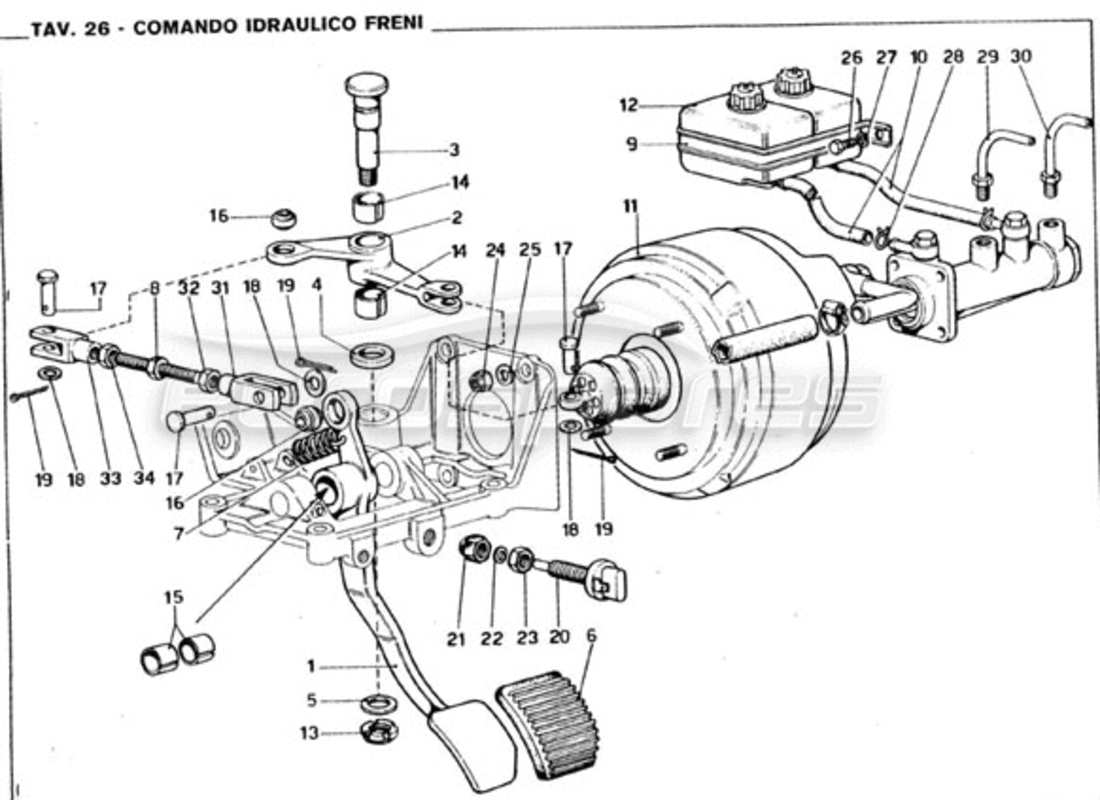Ferrari 246 Dino: More Power, More Soul
Launched in 1969 as the successor to the 206, the Ferrari 246 Dino delivered exactly what Ferrari customers had asked for - more power, more torque, and a deeper growl from its larger 2.4-liter V6. Developed with existing 206 owners in mind, the 246 didn’t just evolve, it became the car the Dino badge was always meant to represent.
With 192 horsepower on tap and a top speed of 146 mph, the 246 was no slouch. It retained the same V6 layout as its predecessor, mounted midship and angled for balance, but gained displacement and grunt thanks to a Fiat-cast iron block.
That made it the first mass-produced engine ever used in a Ferrari model, a significant shift for the brand at the time and it also marked a key moment in Ferrari’s evolution of embracing volume production without sacrificing soul.
Read More >>
While styling remained closely aligned with the 206, Ferrari opted for steel bodywork on the 246. This was paired with an aluminum front lid, both for cost efficiency and improved structural rigidity. It retained the curvaceous Pininfarina design that defined the Dino’s identity and turned heads across continents.
The 5-speed manual transmission was another highlight. Known for its durability and smooth operation, it allowed drivers to cruise like a grand tourer or summon every rev with confidence. It was a true driver’s Ferrari.
In 1972, the 246 GTS arrived, adding an open-air experience via a black removable Targa roof panel. Mechanically identical to the GT, the GTS added a more dramatic rear profile and gave drivers the best of both worlds - coupé rigidity with roadster flair.
Today, the 246 Dino is rightly celebrated not just for its performance, but for its balance, charm, and the role it played in shaping the mid-engine legacy that followed. It bridged the gap between racing pedigree and road-going finesse, delivering a driving experience that still resonates with enthusiasts and collectors decades later.
-part-diagram.webp)
